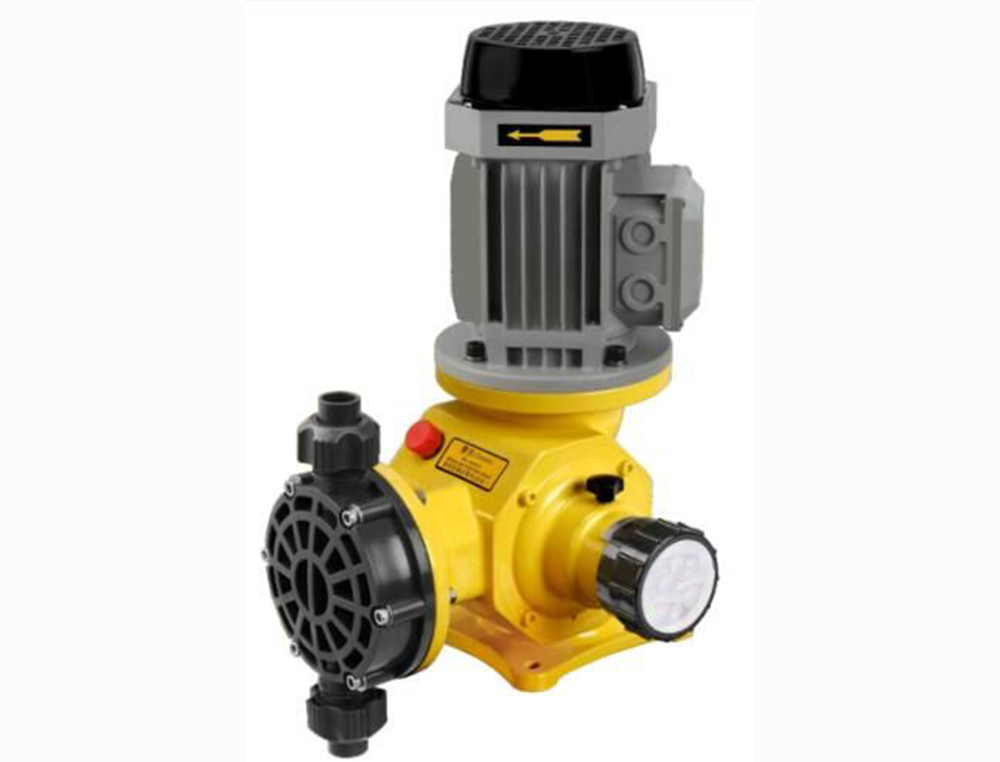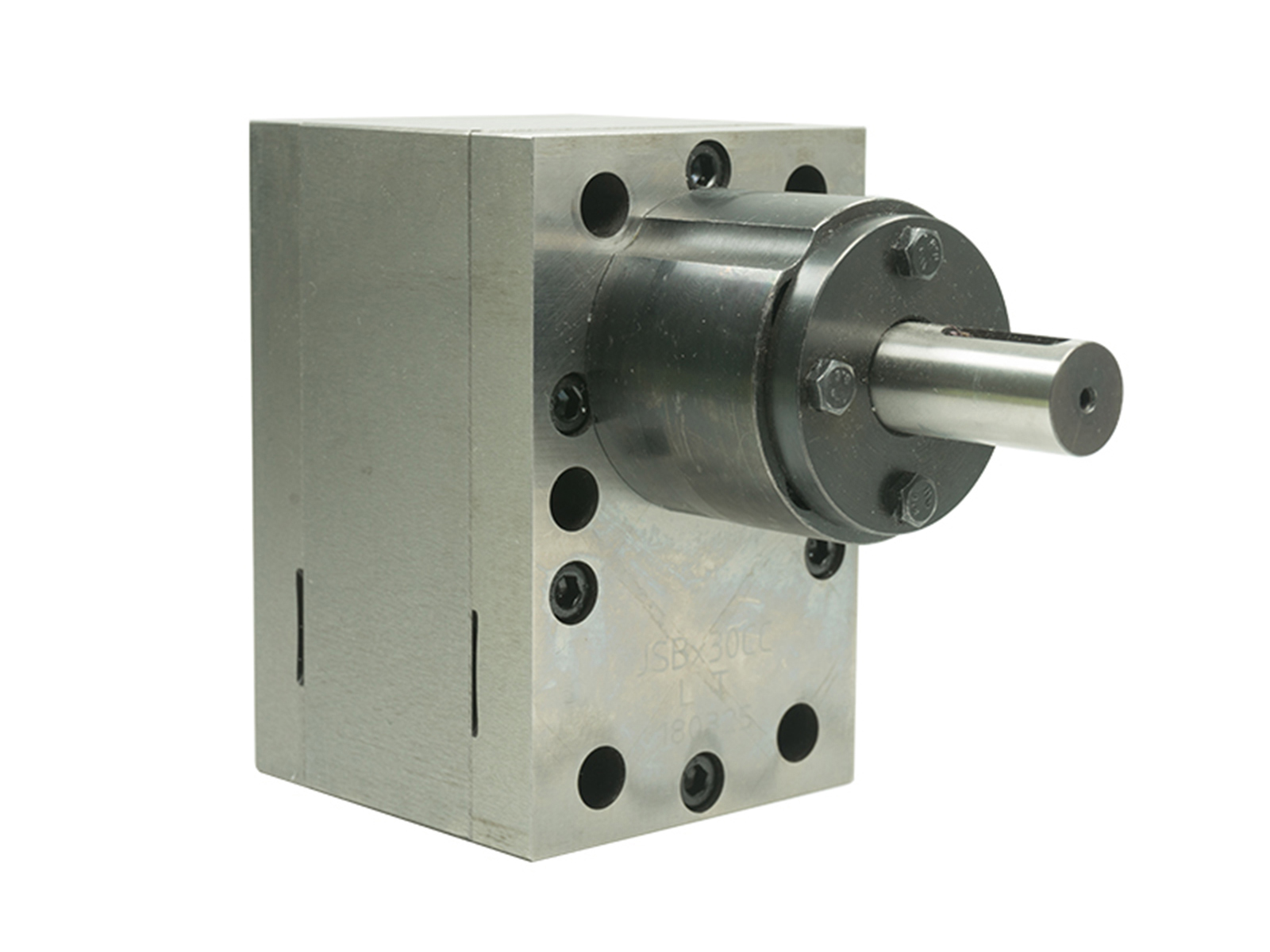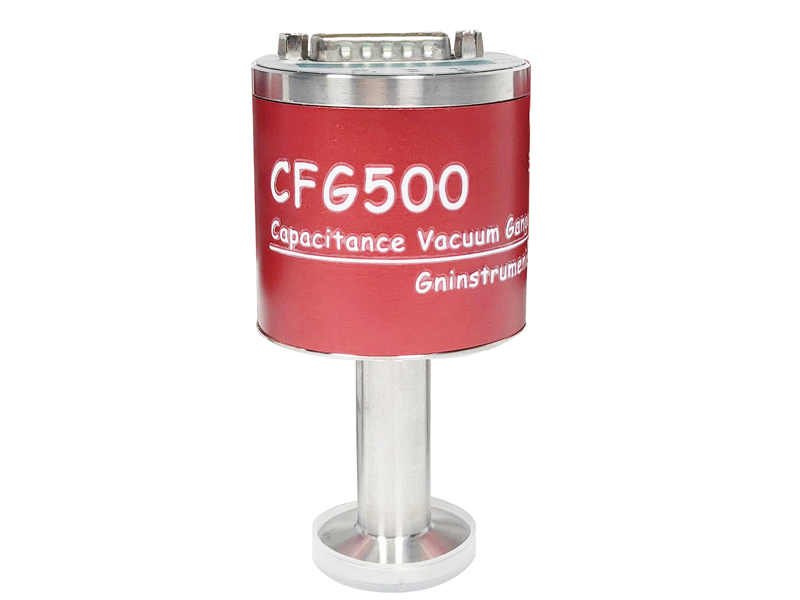1. Summarize
Hydraulic diaphragm metering pumps dosing pumps are commonly used to provide users with independent parameters of a single connection. It is also possible to manufacture multiple combinations of the same base and the same specifications or combinations of different bases with different specifications according to user needs.The multi-connection type is suitable for the proportional distribution of multiple media in the technological process. The pump can be widely used in petroleum, chemical, textile, food, paper, atomic energy technology, power plants, plastics, pharmaceuticals, water plants, environmental protection and other industrial and technological sectors.
It is used to accurately and quantitatively transport liquids without solid particles into pressurized or atmospheric vessels and pipelines. Its flow can be steplessly adjusted from 0-100% when starting up (or setting the machine). (According to the characteristics of the metering pump, the minimum stroke is generally not less than 10% of the total stroke) Single-cylinder pumps are suitable for single liquid occasions; combined pumps can be used as proportional pumps or in parallel; pump combinations can be used as three-proportional pumps, Three pumps can also be connected in parallel to achieve a larger displacement, which increases the pulse frequency of the liquid and promotes the continuous and smooth addition of the liquid.
This type of pump can transport a temperature of -30°C-100°C, a viscosity of 0.3-800mm2/s no corrosive or non-corrosive liquid medium such as solid particles. Different types of metering pumps can be equipped with variable frequency motors (can receive 4-20mA current signals) or explosion-proof motors according to user requirements. For pump model specifications and parameters, please refer to our company's product catalog.
The hydraulic diaphragm metering pump adopts two adjustment methods:
one is to change the plunger stroke length of the pump, which can be carried out in shutdown or running state. The measurement accuracy is within ±1%, and it is used for manual adjustment as an adjustable gauge and a micrometer to indicate the relative stroke value of the plunger.
The second is to use the combination of variable frequency motor and frequency converter to change the input power frequency to adjust the pump speed and change the flow rate. This method is suitable for adjustment methods such as automatic, remote control and computer management (see also the manual for automatic control of metering pumps).
Hydraulic diaphragm metering pump has the characteristics of non-leakage and high pressure, and is widely used in the transportation of flammable, explosive, volatile, strong corrosive, radioactive, highly toxic, suspension and expensive liquid media; to achieve the purpose of high-pressure liquid filling .
This metering pump strictly implements the national standard (GB/T7782-1996 (Metering Pump") to organize production. Different types of metering pumps can be equipped with motors or explosion-proof motors according to user requirements.
2.Structure principle
The hydraulic diaphragm metering pump is composed of a motor drive mechanism and a hydraulic system.
2,1 Transmission mechanism
2. 1. 1 The motor power is transmitted to the worm and worm wheel to achieve decelerated rotation, which promotes the reciprocating movement of the crankshaft and the connecting rod mechanism, and drives the plunger to generate hydraulic power.
2.1.2 The stroke adjustment mechanism is composed of crankshaft, eccentric wheel, adjusting nut, adjusting screw, adjusting handwheel (handle), dial (pointer) and ruler. The relative stroke of the plunger is achieved by changing the eccentricity.
2.2Hydraulic system
2.2.1Hydraulic system of hydraulic diaphragm metering pump, its structure is composed of plunger, cylinder block, cylinder head, inlet and outlet valve, hydraulic diaphragm type and three valves (i.e.? bleed overload valve, Limit valve, compensation valve). The hydraulic oil and medium are separated by the diaphragm during work, so the hydraulic diaphragm metering pump has the advantage of leaking.
2, 2, 2 The plunger of the hydraulic end of the hydraulic diaphragm metering pump is driven by the reciprocating motion of the crank connecting rod mechanism at the transmission end. The plunger reciprocates in the hydraulic chamber to promote the pressure change of the hydraulic oil, so that the hydraulic diaphragm flexural displacement is used to transport the medium. The hydraulic oil volume in the hydraulic chamber is relatively stable, which is maintained by the function of the three valves.
2. 2,
3 overload valve (see Figure 2) automatically discharge the gas in the hydraulic oil into the hydraulic chamber to ensure stable work, avoid excessive hydraulic oil or obstruction of the discharge pipeline, and automatically open the load valve to achieve the purpose of protection .
2. 2. 4 The limit compensation device (see Figure 3) uses a hydraulic diaphragm to push the limit valve to open and replenish the oil at any time according to the vacuum in the hydraulic chamber to ensure the hydraulic oil in the hydraulic chamber is full.
Standard installation drawing of metering pump (for reference)

 Products assembly diagram
Products assembly diagram
 Assembly drawing corresponding list
Assembly drawing corresponding list














